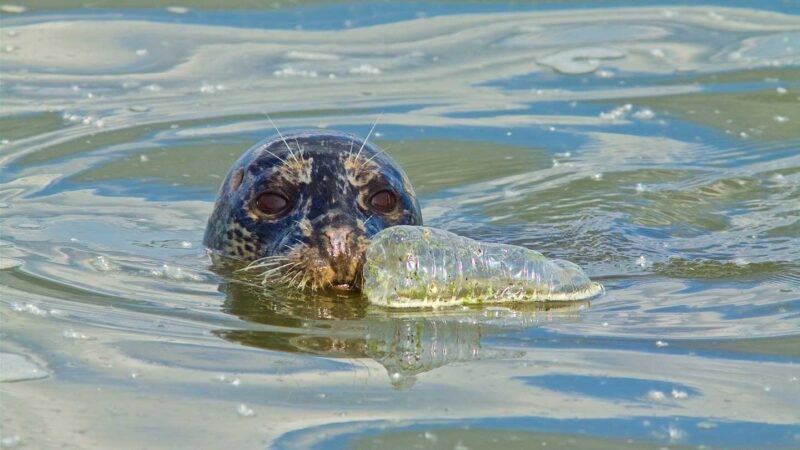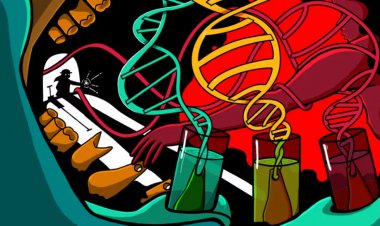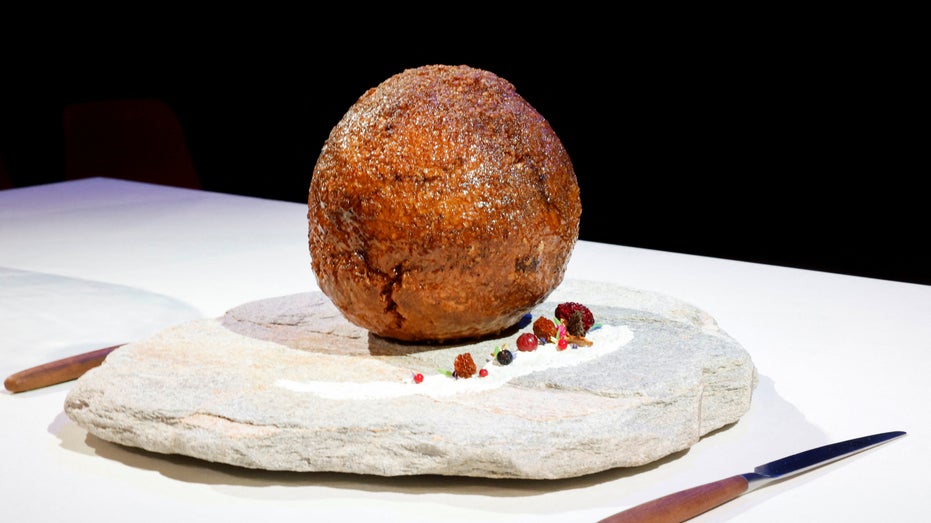The Great Pacific Garbage Patch was first identified by scientists fifty years ago.
In 1973, plastic bottles adrift in the North Pacific alarmed scientists. Fifty years later, more than 1.8 trillion pieces of plastic litter the area.

On an oceanographic expedition in the Central North Pacific last August, scientists were astounded by the sheer volume of man-made debris on the ocean's surface. In 8.2 hours of observing, they captured 53 man-made things [far from civilization and shipping lines]. Around half were made of plastic. The number of plastic bottles floating in the North Pacific, according to their calculations, ranges from 5 million to 35 million.
Update
With an estimated 1.8 trillion pieces of plastic spread across an area twice the size of Texas, the Great Pacific Garbage Patch is currently bigger than it was in 1973 (SN Online: 3/22/18). Marine biologists have just begun to see evidence that trash is upsetting ocean ecosystems. Large bits of trash, for instance, have aided species in entering new areas (SN: 10/28/17, p. 32). But beneath the waves, a larger danger could be waiting. Small plastic fragments concentrate hundreds of metres below the surface, where they may be consumed by filter feeders and maybe ingested by larger predators.






















